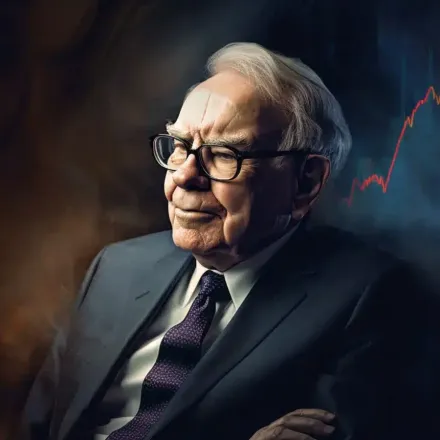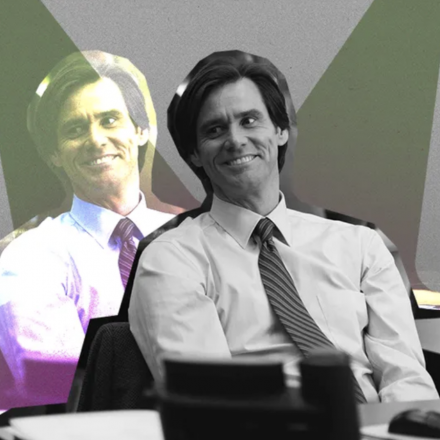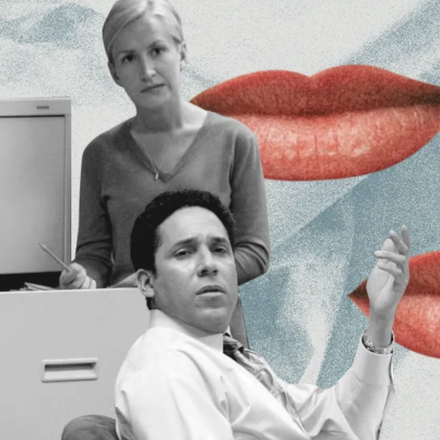There's a business theory that claims you can't build a successful business without a strong team. The idea is to gather smart people in one place, and they'll create something great. And it's true: you can't move billions on your own, and temporary contractors need to be professionals. Then the process moves forward rather than dragging on like gum in the sun.
However, there's a nuance: what really matters is not just the team but the central leader. Without a team, you can't scale the process, but without a leader, you won't even get started. Sure, you might start, but it will only be an expensive prelude to failure.
In any process, there must be one and only one person who has a clear mental model of what’s happening and how it connects to the goal. Without such a person, the process breaks down into competing, contradictory directions. The more participants without a leader, the greater the chaos and loss.
There must always be a leader in any process or group. Whether it’s a business, family, Friday night hangout, or volleyball game—someone always ends up in charge, dictating their will and taking responsibility for the results. If there isn’t a leader, the project is doomed to fail. Or, there is a leader, but they are so adept at staying out of the limelight that they don’t even realize their role.
Even in modern teal companies where everyone is equal and friendly, there are still leaders. They manage separate projects within the broader structure, often reaching their positions not through official roles but through their skills and ambition.
The task of HR is to gather smart, skilled people and then let them figure out who will be the leader and who will be in support. The key is for the work to get done, and if not, everyone will be fired. Motivation and natural selection in miniature.
Even in groups of brilliant technicians, leadership often falls to the most aggressive and least technically competent member. Everyone may dislike them, but they somehow achieve results that the group couldn’t without a leader. Because, when there is a leader, you can relax and try new approaches—since the leader will be responsible for mistakes.
To assess the chances of any project’s success, just determine who is in charge. Without a leader, there is no process. Brilliant teams without leadership produce chaotic outcomes equal to the number of independent people in the group. A good leader, even with a poor team, can still achieve results.


















